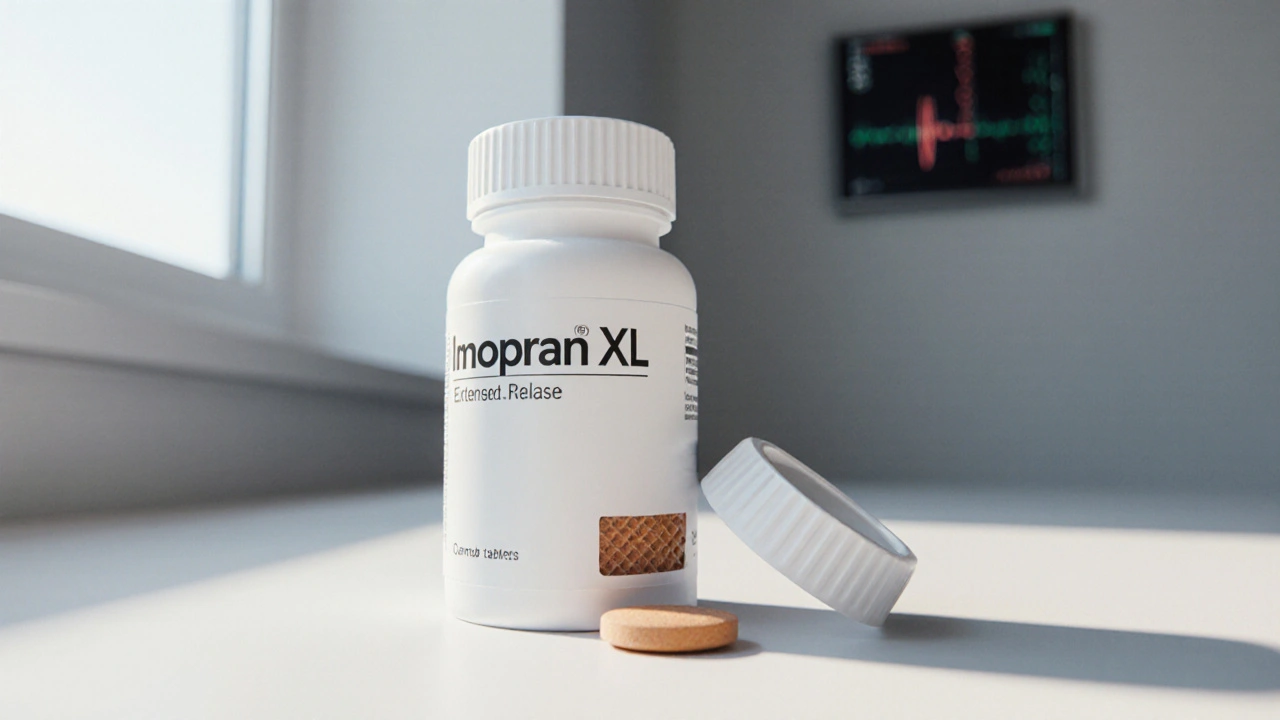When dealing with blood pressure drugs, medications designed to lower high blood pressure and reduce strain on the heart. Also known as antihypertensives, they play a key role in preventing strokes, heart attacks, and kidney damage. In everyday language, these drugs help keep the pressure in your arteries from climbing too high. Blood pressure drugs aren’t a single pill; they’re a family of treatments that target different steps in the body’s pressure‑regulating system. Understanding the family lets you see why doctors choose one over another and how each fits into a broader health plan.
The most common groups are ACE inhibitors, drugs that block the enzyme that turns angiotensin I into the vasoconstrictor angiotensin II, beta blockers, medications that slow the heart’s beating and lessen its workload, calcium channel blockers, agents that relax blood‑vessel muscles by preventing calcium entry and diuretics, often called water pills, they help the kidneys flush excess salt and fluid. Each class tackles a different piece of the pressure puzzle: ACE inhibitors lower vessel tightening, beta blockers calm the heart, calcium channel blockers ease muscle contraction, and diuretics reduce overall blood volume. Because they work in distinct ways, doctors can mix and match them for stronger control or fewer side‑effects.
What ties these classes together is a shared goal: keep systolic and diastolic numbers in a safe range. That goal influences how doctors prescribe them, how patients monitor their health, and even how pharmaceutical research evolves. For example, a new ACE inhibitor might claim fewer cough side‑effects, while a next‑generation calcium channel blocker could offer once‑daily dosing. The landscape keeps shifting, but the core idea stays the same—lower pressure, protect organs.
In the posts below you’ll find deep dives into drug comparisons, side‑effect profiles, and real‑world tips for staying on track. Whether you’re starting a first‑line ACE inhibitor or juggling a combo of beta blocker and diuretic, the articles give practical guidance that matches the class you’re using. Keep reading to see how each type works, what to watch for, and how to make the most of your treatment plan.

A detailed comparison of Innopran XL (propranolol) with other propranolol brands and beta‑blocker alternatives, covering efficacy, side effects, dosing, cost, and how to choose the right option.
read more